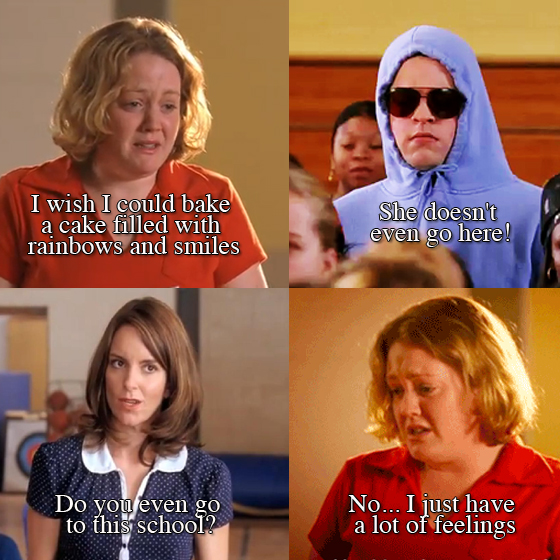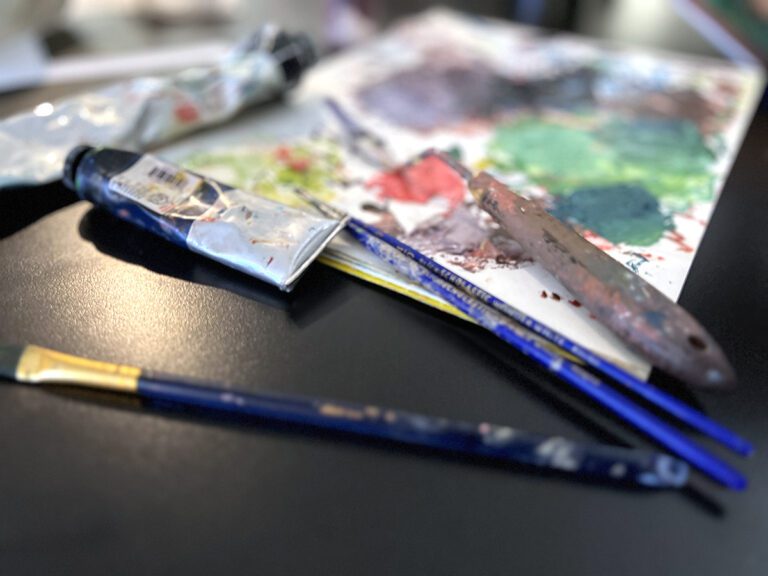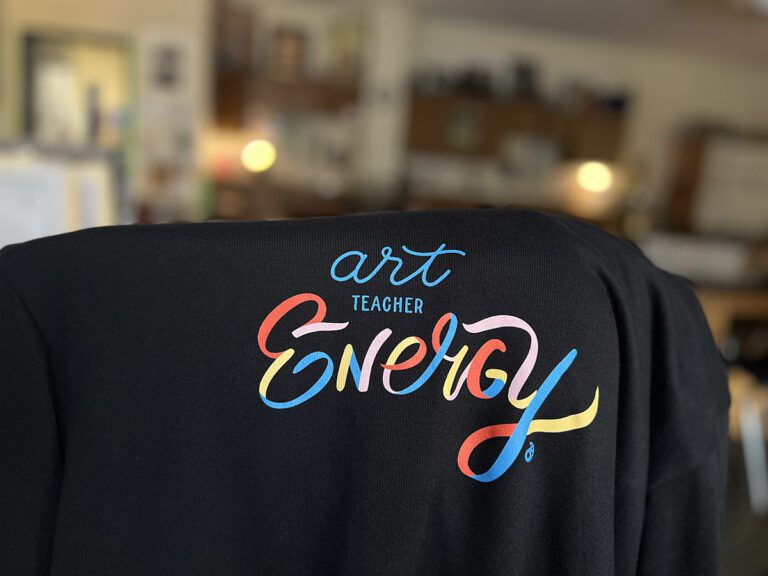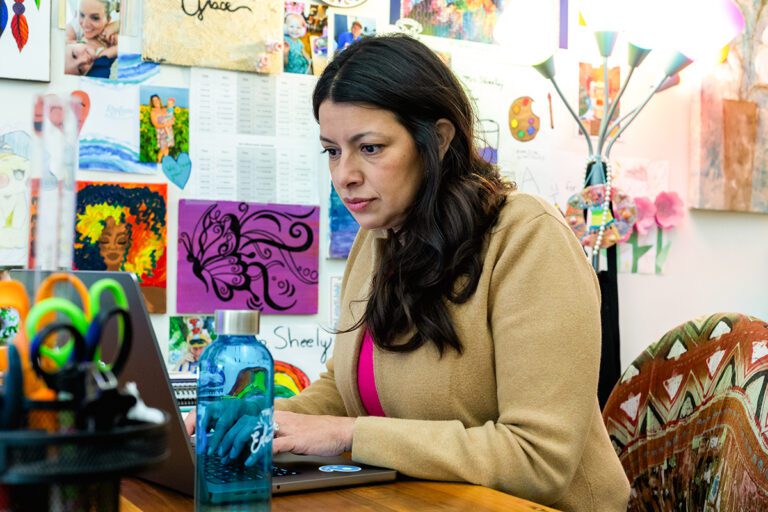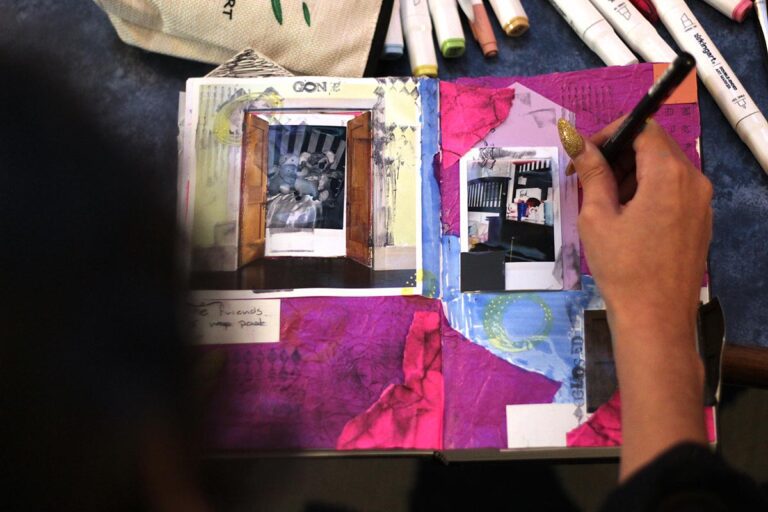There is a scene in my all time favorite movie, Mean Girls, where the Math teacher Sharon Norbury (Tina Fey) has the students confess to rumors they have spread and apologize to those they’ve wronged. Several of the main characters speak to their peers. Then one girl, who hasn’t appeared in the movie at all, addresses the group:
Crying Girl: I wish we could all get along like we used to in middle school… I wish I could bake a cake filled with rainbows and smiles and everyone would eat and be happy…
Damian: [shouting from back] She doesn’t even go here!
Ms. Norbury: Do you even go to this school?
Crying Girl: No… I just have a lot of feelings…
This scene was reenacted this year in my Art History class.
I asked the students, “According to Andy Warhol, who is it that makes great lunches?”
One girl shouted out, “Jasper Johns!”
“That’s correct,” I responded with a puzzled look on my face. Then I followed with, “Are you even in this class?”
The answer was no, not at all. She had been attending for several days but was not officially on my roster. It turns out, she had no scheduled class during that period and decided, since her friend was enrolled, that she would audit the class. Audit is the official term. I prefer to call her a squatter.
First, allow me to define what a squatter is not. A squatter is not someone who is cutting another class or should be somewhere else. A squatter is not someone who comes just to hang with friends or worse, to be disruptive.
A true squatter is the student who is coming from lunch, or study hall, or with permission from other classes, or, as in this case, a student who doesn’t have class scheduled during that particular period.
So, what to do with a squatter?
Once a legitimate squatter has infiltrated your room, the question becomes what to do with them? Like the fictitious Ms. Norbury, many teachers would respond by turning them away. They don’t want squatters using up materials, as budgets are tight. They point out that classes are already over crowded and believe if the student wants to take the class he or she should legitimately enroll.
The proponents however, want to see the squatters become fully engaged. They would rather see these students absorbing information than playing in the halls or distracting other classes. They believe the more open they are about providing access to the art studio, the better the chances those students will sign up for future classes. In other words, they prescribe to an open-door policy.
After clarifying that my squatter was legit, I decided to allow her to stay. She participated in all the assignments and projects. She readily participated in class discussions and even took the class quizzes. It was a pleasure to not have her in class as she certainly turned out to be one of the best students I never taught.
I recently contacted her because I wanted to better understand her position on being a squatter. I asked if she would mind answering a few questions. Here are her responses.
Squatter Q & A
Why did you squat and not enroll in the class?
I chose to be a squatter because I had some holes in my schedule. I thought about enrolling, I really did, but I just never got around to it. Plus, one of the classes I was squatting in was full.
What were the benefits of squatting?
You get do do all the fun stuff but none of the actual work. I mean, I still did it because the classes I squatted in were fun.
Were there any downsides to squatting?
Not at all. If I felt like going out to lunch one day instead of the class I was squatting in, I could. I was a free bird.
Anything else you might add?
I’m the best squatter. I’ve squatted in more art classes than I’ve actually taken. If that’s not dedication to squatting then I don’t know what is.
Would you ever allow students to attend your class that are not officially enrolled?
Have you ever had a squatter? Was it a positive or negative experience?
Magazine articles and podcasts are opinions of professional education contributors and do not necessarily represent the position of the Art of Education University (AOEU) or its academic offerings. Contributors use terms in the way they are most often talked about in the scope of their educational experiences.
